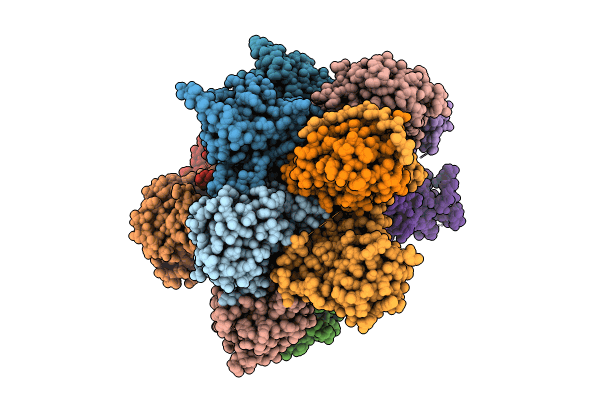
Deposition Date
2023-10-26
Release Date
2024-02-21
Last Version Date
2025-07-09
Method Details:
Experimental Method:
Resolution:
2.95 Å
Aggregation State:
PARTICLE
Reconstruction Method:
SINGLE PARTICLE


